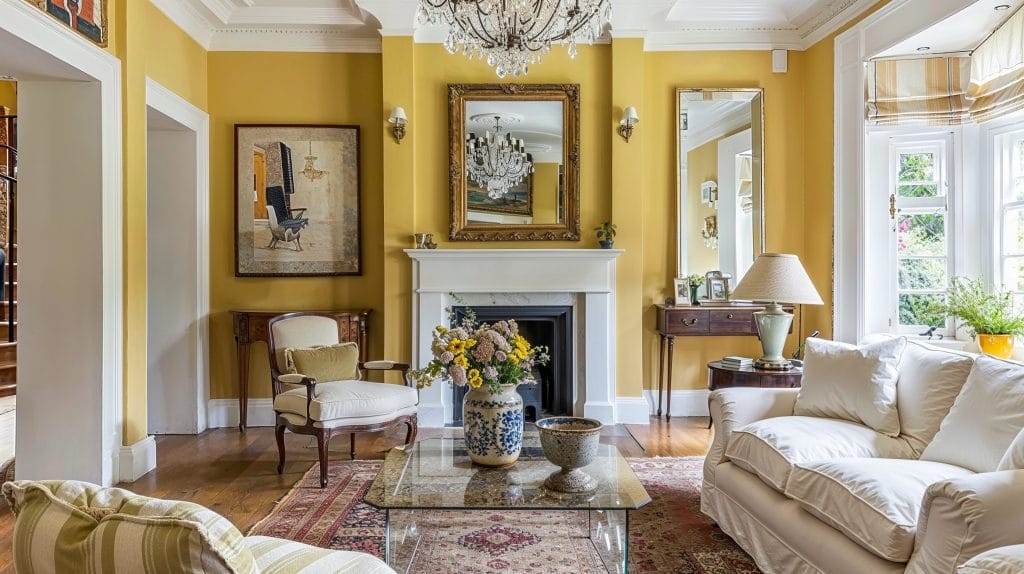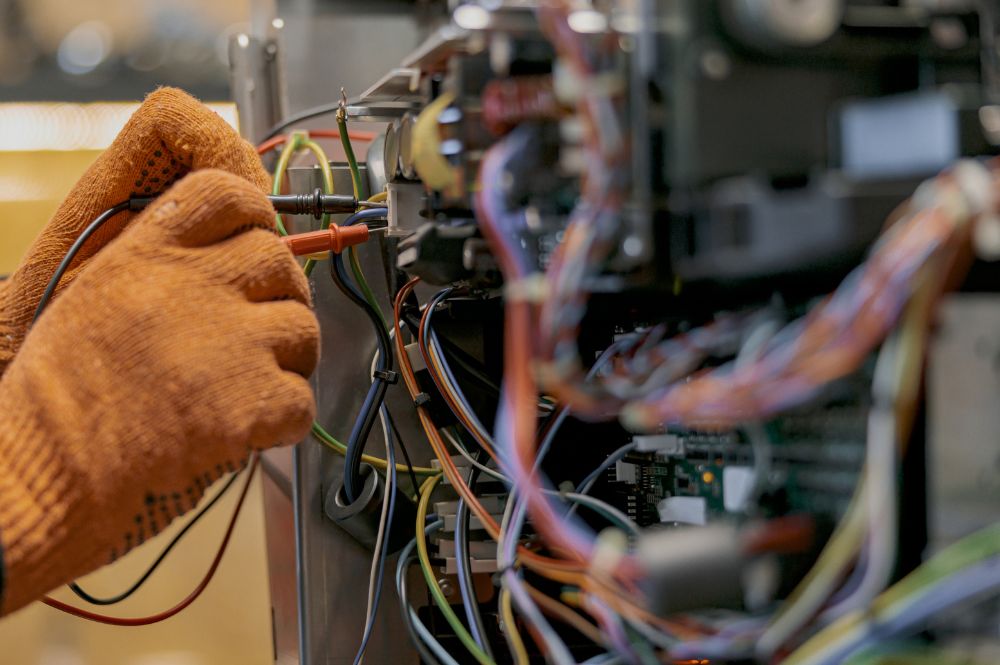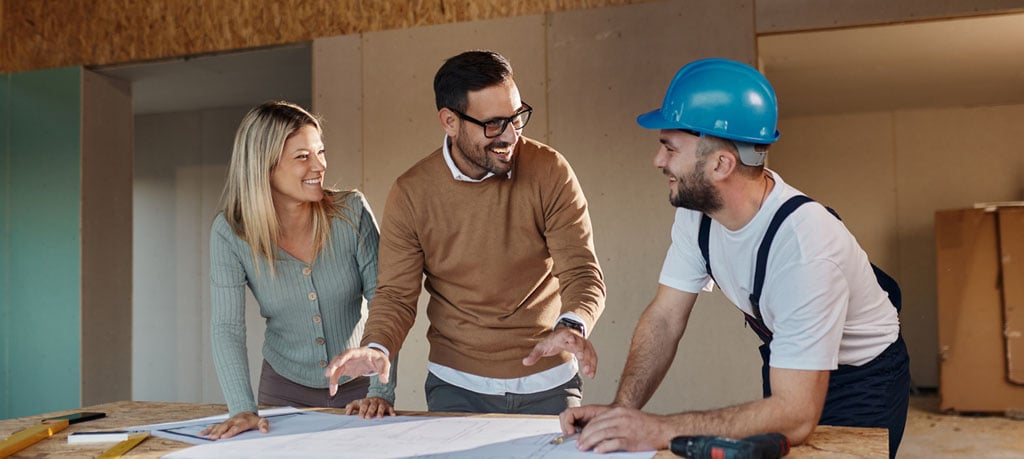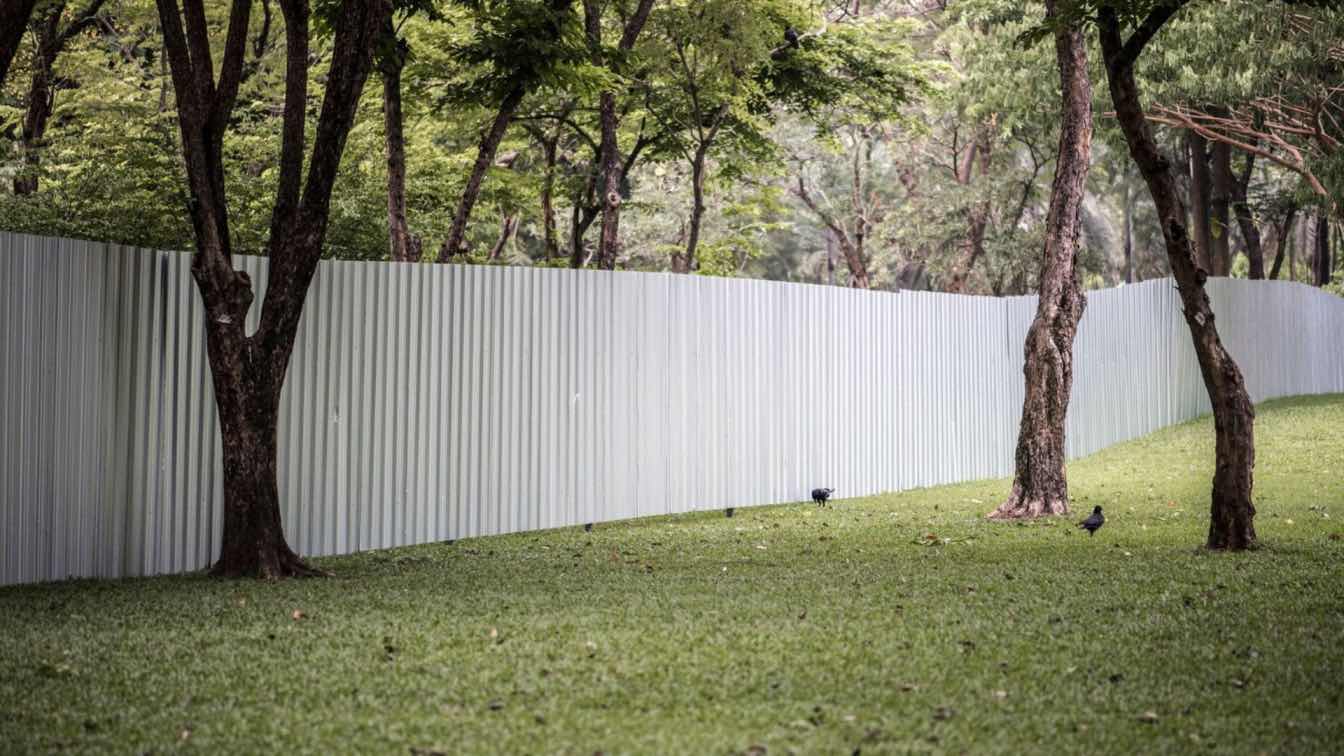Traditional Interior Design: Classic Looks for 2025
Traditional Interior Design: Classic Looks for 2025 when it comes to interior design, few styles evoke timeless elegance and enduring charm quite like Traditional interior design. Rooted in history, this design philosophy embraces comfort, craftsmanship, and symmetry, blending the past with the present in a harmonious way. While trends come and go, the appeal of Traditional interior design remains steadfast, making it an ideal choice for those seeking a space that offers both sophistication and warmth.
As we move further into 2025, there is a resurgence of interest in the classics, with Traditional interior design making a notable comeback. In this article, we will explore how the principles of traditional design are being reinvented and adapted to suit modern living while preserving their timeless allure.

The Foundation of Traditional Interior Design
At its core, Traditional interior design is about creating spaces that feel familiar, inviting, and balanced. The key elements that define this style include rich colors, luxurious materials, and intricate details. From plush sofas to ornate furniture, every piece serves a purpose, adding to the overall aesthetic of the space.
1. Rich Color Palettes
One of the most iconic features of Traditional interior design is its use of deep, rich colors. Shades like navy blue, forest green, burgundy, and chocolate brown are staples in this style. These colors create an atmosphere of refinement and warmth, making them perfect for living rooms, dining rooms, and bedrooms.
However, as we step into 2025, there is a noticeable shift toward more muted tones that still carry the weight and depth traditionally associated with the style. Think of soft taupes, dusty rose, and sage greens—colors that maintain an air of sophistication while offering a more relaxed, contemporary feel. These softer hues work well in creating a serene and peaceful environment without sacrificing the elegance that Traditional interior design is known for.
2. Elegant Furniture and Layouts
The furniture in Traditional interior design often reflects a sense of craftsmanship and quality. Think of wooden armoires, leather chairs, and elaborate coffee tables. The furniture is typically larger, with more ornate detailing, such as carved woodwork and classic upholstery. In 2025, this style continues to thrive, but with modern adaptations.
For example, while antique furniture remains highly valued in Traditional interior design, there is an increasing emphasis on functionality and comfort. Sofas and chairs are designed with plush cushions and durable fabrics, while still maintaining their classic silhouettes. The layout of a Traditional interior design space is also crucial. Symmetry plays a big role, with furniture pieces often arranged in pairs or balanced on either side of a central focal point, such as a fireplace or a grand chandelier.
3. Architectural Features
Another hallmark of Traditional interior design is its architectural detailing. Think wainscoting, crown molding, and coffered ceilings. These elements are not only aesthetically pleasing but also create a sense of grandeur and structure within a room.
In 2025, these architectural features are still prevalent but have been simplified to match the desire for cleaner, more open spaces. For instance, while crown molding remains a popular choice, it is now being paired with sleeker, more understated designs. Similarly, wainscoting continues to be used to add texture and character to walls, but now it often features a minimalist approach, with panels or boards in a more uniform and streamlined arrangement.
The Influence of 2025: Modern Tweaks to Traditional Style
Though Traditional interior design is rooted in classic elements, it is not immune to the influence of contemporary trends. In fact, many designers are embracing a hybrid approach that combines the richness of traditional elements with the freshness of modern design. Here are some ways Traditional interior design is evolving for 2025.
1. Blending with Minimalism
Minimalism and Traditional interior design might seem like an unlikely pairing at first, but in 2025, we are seeing a growing trend of minimalist touches within traditional spaces. The key to merging these two styles lies in selecting traditional pieces that emphasize clean lines and simplicity.
For example, a traditional-style sofa may have a more streamlined design, with less ornate detailing than its predecessors. The focus shifts from excess decoration to thoughtful, deliberate choices. This minimalist approach complements the relaxed vibe of modern life while maintaining the stateliness of Traditional interior design.
2. Use of Natural Materials
In 2025, sustainability is more important than ever. As people become more eco-conscious, the demand for natural materials in home decor is on the rise. Traditional interior design has always favored materials like wood, leather, and marble, but today’s homeowners are increasingly seeking sustainable options that don’t compromise on quality or aesthetics.
Wooden furniture remains a staple of traditional design, but more emphasis is being placed on sourcing eco-friendly materials, such as reclaimed wood or sustainably harvested timber. Stone countertops, marble flooring, and ceramic tiles are also gaining popularity, particularly those that are locally sourced or made from recycled materials.
3. Softened Luxury
In the past, Traditional interior design was synonymous with opulence. Heavy drapery, gilded frames, and oversized chandeliers created a sense of luxury that could often feel overwhelming. However, in 2025, there is a shift toward softened luxury—opulent touches that are more understated and accessible.
For instance, velvet cushions and silk curtains remain part of traditional interiors, but they are now paired with lighter fabrics such as linen or cotton, which lend a more casual, airy feel. Similarly, gold accents are still widely used, but they are now applied more sparingly—perhaps on a single, statement piece, rather than throughout the entire room.
The Role of Accessories in Traditional Interior Design
No Traditional interior design would be complete without accessories. From elegant rugs to vintage artwork, accessories help create a cohesive look and feel within a space.
In 2025, the role of accessories has become even more important, as homeowners seek to infuse personality into their interiors without overwhelming the space. In traditional homes, accessories such as throw pillows, decorative vases, and family heirlooms can provide a sense of history while also allowing for personal expression.
1. Statement Lighting
Lighting plays a crucial role in any Traditional interior design. For 2025, statement lighting fixtures are making a comeback in a big way. Chandeliers, pendants, and wall sconces—once reserved for large, opulent spaces—are being adapted for a more modern context. Sleek, contemporary versions of classic lighting fixtures now complement Traditional interior design in both style and functionality.
For example, a crystal chandelier may be updated with frosted glass or brushed metal elements, giving it a more contemporary twist without losing its traditional appeal. Lighting is not just functional in 2025; it’s a statement, and it can transform a room into something truly extraordinary.
2. Art and Antiques
Artwork and antiques are essential in maintaining the authenticity of Traditional interior design. In 2025, there is a growing trend of mixing antique finds with contemporary pieces. The juxtaposition of old and new creates an intriguing contrast that enhances the depth and character of a room.
When incorporating artwork into a traditional space, think beyond just the classic oil paintings. Sculptures, vintage posters, and modern photography are being used to bring a fresh perspective to Traditional interior design. The key is selecting pieces that resonate with your personal taste while still complementing the overall aesthetic.
Creating a Traditional Space for 2025
To create a Traditional interior design for 2025, it’s important to start with the fundamentals: a balanced layout, timeless furniture, and classic architectural features. But to truly make the space your own, you must add your personal touch through color, accessories, and carefully selected materials.
Begin by focusing on the elements that are most important to you, whether that’s a grand statement piece of furniture or a soft color palette. Then, incorporate modern touches that make the space feel fresh and vibrant. With the right balance of classic and contemporary elements, your Traditional interior design can transcend time and remain relevant well into the future.
In conclusion, Traditional interior design in 2025 continues to blend old-world charm with modern sensibilities. It’s a style that embraces elegance and craftsmanship while adapting to the needs of today’s homeowners. By focusing on quality materials, thoughtful layouts, and a mix of classic and contemporary pieces, you can create a space that feels both timeless and of-the-moment.







